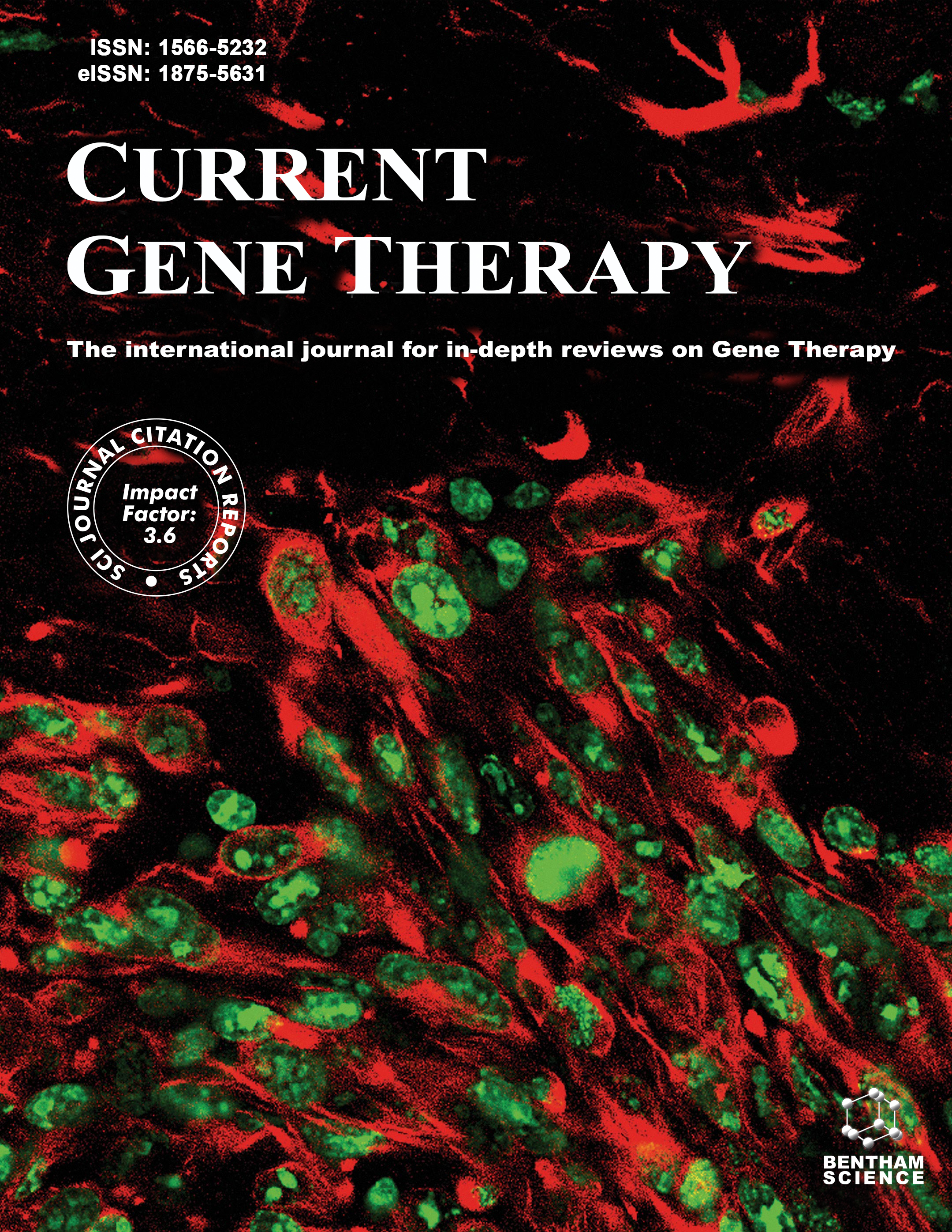
Full text loading...
Cancer-Associated Fibroblasts (CAFs) constitute a heterogeneous group of cells critical for the remodeling of the tumor microenvironment (TME). Given their significant impact on tumor progression, particularly in skin cancers, a deeper understanding of their characteristics and functions is essential.
This study employed a single-cell transcriptomic analysis to explore the diversity of CAFs within three major types of skin cancer: basal cell carcinoma, melanoma, and head and neck squamous cell carcinoma. We applied analytical techniques, including Gene Ontology (GO), Kyoto Encyclopedia of Genes and Genomes (KEGG), Gene Set Enrichment Analysis (GSEA), pseudotime tracking, metabolic profiling, and stemness assessment to delineate and define the functional attributes of identified CAF subgroups.
Our analysis successfully delineated nine distinct CAF subgroups across the studied tumor types. Of particular interest, we identified a novel CAF subtype, designated as C0, exclusive to basal cell carcinoma. This subtype exhibits phenotypic traits associated with invasive and destructive capabilities, significantly correlating with the progression of basal cell carcinoma. The identification of this subgroup provides new insights into the role of CAFs in cancer biology and opens avenues for targeted therapeutic strategies.
A pan-cancer analysis was performed on three cancers, BCC, MA, and HNSCC, focusing on tumor fibroblasts in TME. Unsupervised clustering categorized CAF into nine subpopulations, among which the C0 subpopulation had a strong correspondence with BCC-CAF and an invasive-destructive-related phenotype.

Article metrics loading...

Full text loading...
References


Data & Media loading...

